Bees, Wasps, and Ants (Hymenoptera)
Crabronid Wasps
CrabronidaeMost species in this family are solitary, making their own nests and providing for their young. However, some species share nests or parasitize the nests of other wasps. Adults are mainly predators, scavengers, or kleptoparasites, feeding captured prey to their larvae. Prey varies by species, but includes many different kinds of insects and spiders. Adults also feed on nectar, and are commonly found on flowers.
Representative Genera and Species:
Bembix, Cerceris deserta, Philanthus solivagus
Pollinator Life Cycle:
They have four life stages: egg, larva, pupa, and adult. Multiple generations may be produced annually. Females lay their eggs, usually singly in brood cells. She stocks the cells with insects and seals them. Eggs often hatch in 1-3 days. Larvae develop in the cell, feeding on the provided prey, sometimes over winter. They emerge as adults.
Rarity Status:
The status of Canadian species has not yet been assessed, and none are legally protected.
Physical Appearance:
These wasps vary in size (6 to 25 mm long), and can be stout-bodied or slender. Colouration is often black (with or without yellow or greenish markings), or brownish. They have stingers, and multi-segmented antennae. Some species are characterized by a narrow-waisted abdomen or a cube-shaped head.
Pollinator Habitat:
Many species are ground nesters, sometimes preferring sandy soil. Others nest in dead wood, hollow stems or abandoned insect tunnels in wood.
Canadian Distribution:
- Alberta
- British Columbia
- Manitoba
- New Brunswick
- Newfoundland/Labrador
- Northwest Territories
- Nova Scotia
- Ontario
- Prince Edward Island
- Quebec
- Saskatchewan
- Yukon
Prairie Types:
- Fescue Prairie
- Mixed Grass Prairie
- Tall Grass Prairie






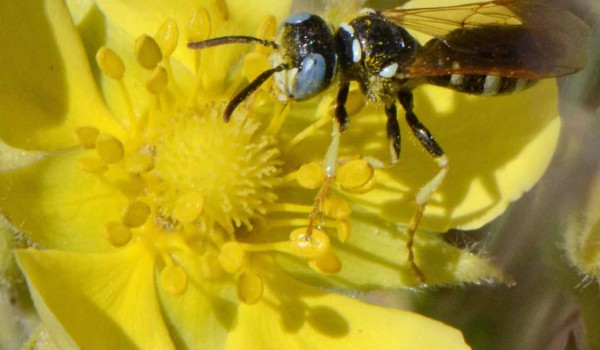
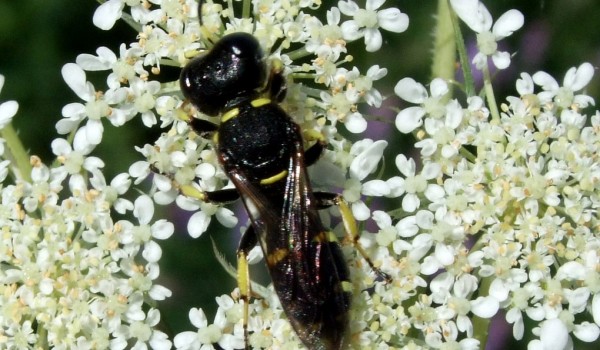
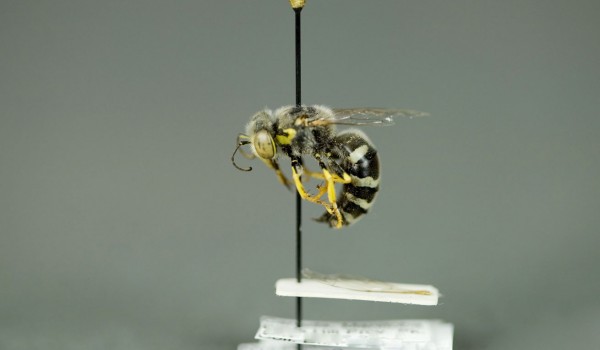
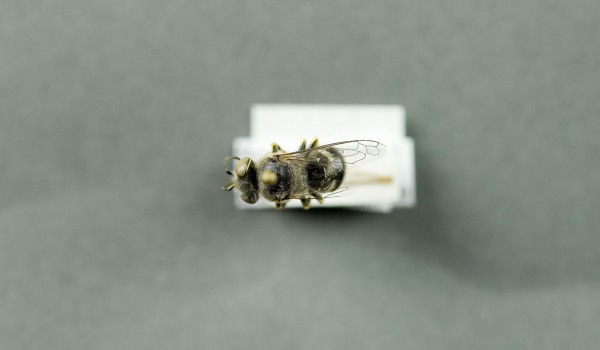
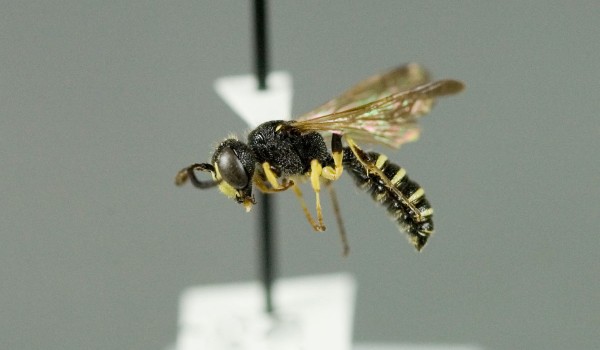
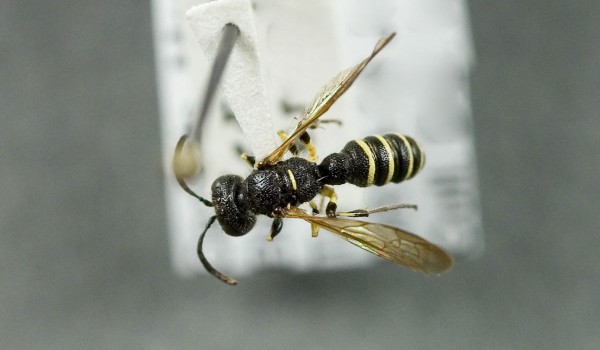
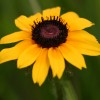 Black-eyed Susan
Black-eyed Susan 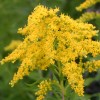 Canada Goldenrod
Canada Goldenrod 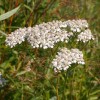 Common Yarrow
Common Yarrow 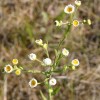 Daisy Fleabane
Daisy Fleabane 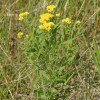 Flat-top Goldenrod
Flat-top Goldenrod 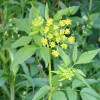 Golden Alexander
Golden Alexander 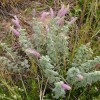 Hairy Prairie-clover
Hairy Prairie-clover 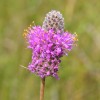 Purple Prairie-clover
Purple Prairie-clover 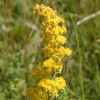 Showy Goldenrod
Showy Goldenrod 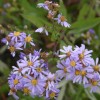 Smooth Aster
Smooth Aster 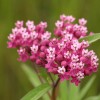 Swamp Milkweed
Swamp Milkweed 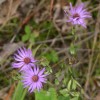 Western Silvery Aster
Western Silvery Aster 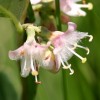 Western Snowberry
Western Snowberry 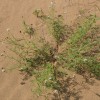 White Prairie-clover
White Prairie-clover 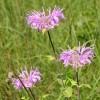 Wild Bergamot
Wild Bergamot